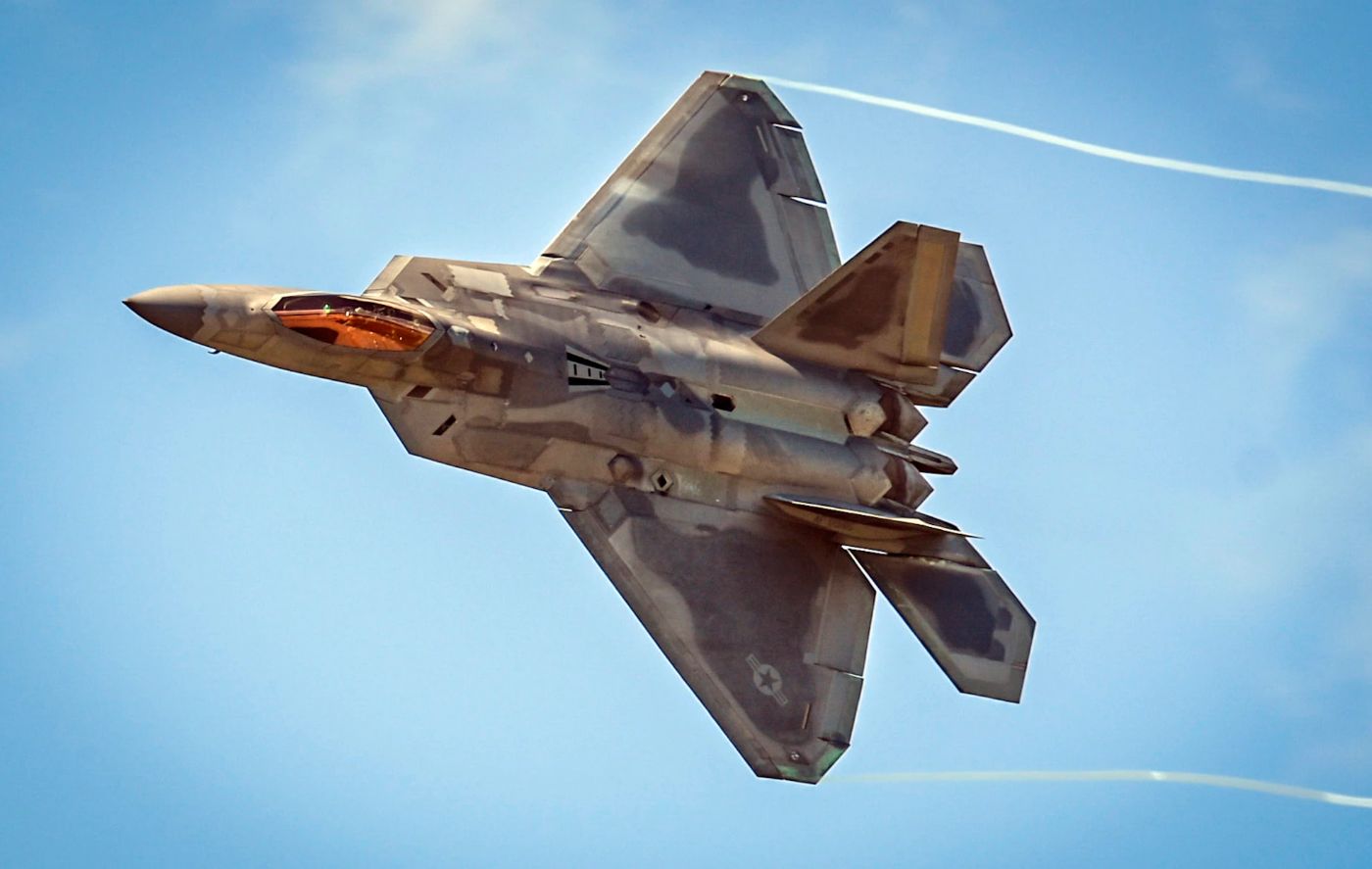In what can be considered the biggest revision of military doctrinal thinking spurred by the Russia-Ukraine war, the US Air Force (USAF) has indicated reconsideration of the primacy of airpower (with fighters like F-35 and F-22 in its arsenal), which has been the country’s leading and dominant arm in all its wars.
Rafale Fighters ‘Chased Out’ By Russia Sukhoi Jets; Su-27s Remain Guardian Of Russia’s Frontiers
While not dismissing aerial supremacy completely and continuing to uphold its importance, USAF Chief of Staff General David Allvin suggested that the component cannot be solely relied upon, especially due to the advent of modern air defense systems that threaten all types of aircraft.
Thus, the US has to “get used to fighting without it,” where military objectives would be better achieved by better “synchronization” between different types of aircraft since it is not “necessary” to maintain air superiority all the time.
Besides modern surface-to-air missiles (SAM), newer “electronic warfare (EW) systems (that) exist today” also prevent a country from achieving complete and permanent “air superiority.”
Instead, the service as a whole can work towards providing more optimal and timely air superiority where possible and achieve military objectives through possibly joint force objectives. Allvin was speaking at an event on ‘Optimizing Airpower’ by the Brookings Institution.
‘Air Superiority Cannot Be Achieved At All Times’
Allvin said: “On the one hand, the (US military’s) conclusion was, well, apparently there won’t be air superiority anymore, so we have to get used to fighting without it.” He did not specify which branch or branches of the US Armed Forces came to this conclusion.
“I learned the opposite lesson. My lesson is this: This is what happens if you don’t have air superiority. Is that really what we want? A World War I, 21st century style, so to speak? It shows me that air power is as important as before.”
At the same time, he also acknowledged that ensuring air superiority permanently was now practically impossible. The US Air Force will now need to apply “pulsating” air superiority, providing it at specific intervals to solve broader problems in certain operations.
“When we talk about this, can we expect to achieve air superiority in the same way as before? Or, will there be, so to speak, pulsating, synchronized (superiority)? To achieve the type of superiority that needs to be achieved (it needs to be provided) in conditions of increasingly serious electronic warfare, which did not exist two years ago and which exists now,” Allvin added.
“It’s a shift from saying, ‘First of all, we are going to establish and maintain air superiority so we don’t have to worry about that, and we can do the rest of the operations…whenever we want and for as long as we want,” Allvin said. But it is not necessary to ensure air superiority “all the time.” “The point is better synchronization (of the actions of all types of aircraft),” the general was convinced.
“This shows that we need to adapt our thinking around the basic functions and capabilities of warfighters. The basic functions are still defined correctly. The question is how do we deal with what we learn about innovation, adaptation. We have to be agile at the enterprise level (that is, the Air Force as a whole) to guarantee air superiority, to provide everything that air power should give (to other types of US Armed Forces),” Allvin added.
Air Superiority Did Not Help In Earlier Wars
The ongoing war has seen Ukraine enforcing an air denial strategy that has prevented Russia from establishing complete control of the skies.
Ukraine’s Soviet-era MANPADS and Western-origin SAMs, like the Patriot PAC-3 or the Norwegian Advanced Surface-to-Air Missile System (NASAM), have shot down over a dozen Su-34s since the beginning of the war in their battlefield interdiction missions, and recently, two A-50U Airborne Warning and Control Systems (AWACS) aircraft.
Despite this, Russia’s aerial battlefield strikes continue, ending in massive successes, like the capture of Avdiivka. This suggests that the land war is dominant, especially since the fighting revolves around capturing and annexation of territory. Rather, the quantity of artillery ammunition, howitzers, and tanks for long, grinding attritional campaigns have been deciding the outcome of the war.
Also, as opposed to Western military thinking – and in India, too, where the Indian Air Force (IAF) believes it should be the leading arm in any war — the Russian Aerospace Forces (RuAF) has largely operated in support of the ground forces to achieve broader strategic-political objectives of “demilitarizing” Ukraine.

This, by nearly destroying all of Ukraine’s domestic defense industry, forcing it to be dependent on Europe and the US for nearly all its armaments. It has not been running an independent campaign of its own.
The lack of utility of overwhelming airpower was also proven in previous wars like the one in Afghanistan, Iraq, or Vietnam, where non-state actors remained largely unaffected and often inflicted significant casualties on US soldiers.
Afghanistan and Vietnam saw US rivals, the Taliban and the Viet Cong, sweeping through their countries immediately after American withdrawals.
- The author can be reached at satamp@gmail.com
- Follow EurAsian Times on Google News




